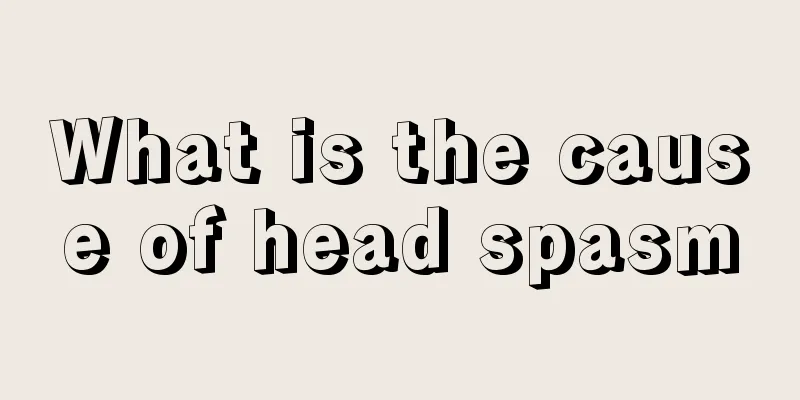Composition of skeletal muscle

|
Bones and muscles are two closely related tissues. Bones provide a platform for muscle movement, while muscles provide power for bone movement. Skeletal muscle is found in most parts of the body and is key to bone and muscle movement. It has a great impact on the health of the body. Let’s take a look at the composition of skeletal muscle. I hope everyone can understand it. Skeletal muscle, also known as striated muscle, is a type of muscle attached to bones. Histological structure Muscle cells are fibrous, unbranched, have obvious striations, and have many nuclei, all of which are located below the cell membrane. There are many filamentous myofibrils in muscle cells that are arranged parallel to the long axis of the cell. Each myofibril has alternating light bands (I bands) and dark bands (A bands). Light bands are lighter in color, while dark bands are darker in color. There is a brighter line in the middle of the dark band called the H line. There is an M line in the middle of the H line. In the middle of the bright band, there is a darker line called the Z line. The segment between the two Z lines is called a sarcomere, which is about 1.5 to 2.5 microns long. The light bands of adjacent myofibrils are on the same plane, and the dark bands are also on the same plane, making the muscle fibers appear as alternating light and dark stripes. Skeletal muscle is composed of muscle cells arranged in bundles. The cells are of different lengths and are closely arranged with their lengths complementing each other. Each cell is covered with a thin reticular membrane called the endomysium; each muscle bundle is wrapped by a connective tissue membrane composed of a mixture of glial fibers and elastic fibers, called the perimysium; on the outside of each muscle, there is a thicker layer of connective tissue called the epimysium. The connective tissues of each membrane are continuous with each other, and the blood vessels and nerves distributed to the muscles enter along the connective tissue membrane. Skeletal muscle contraction is controlled by consciousness, so it is also called "voluntary muscle". The contractions are characterized by being fast and forceful, but not prolonged. Classification Flat muscles: parallel muscle fibers, often with aponeurosis, e.g. external oblique muscles; Pennate muscles: muscle bundles are arranged in a feather-like pattern and can be classified as semi-pennate, pennate, or multi-pennate, e.g. deltoid muscle; Fusiform muscle: spindle-shaped (thick and round belly, tapering at both ends), e.g. biceps brachii; Quadratus: square-shaped with 4 approximately equal sides, e.g. pronator quadratus; Circular muscles or sphincter: These muscles surround the openings or orifices of the body. When muscles contract, they narrow these openings; for example, the orbicularis oculi muscle closes the eye fissure. |
<<: Can adding salt to cola cure a cold?
>>: Symptoms of urinary tumors
Recommend
How to treat itchy hands after handling yam
Many people love to eat yam. Yam is delicious whe...
What are the preliminary examination items for pancreatic cancer
Nowadays, pancreatic cancer has become very commo...
The most authentic and detailed sharing of medication for osteosarcoma
Existing research and clinical practice have conf...
Is stomach acid caused by cold stomach or hot stomach? How to distinguish?
Each of us has different physical fitness. If we ...
What are the massage points for office workers' eye fatigue?
Many of us have had the same or similar experienc...
What exercises can be done to prevent prostate cancer
What kind of exercise can you do to prevent prost...
What is the normal value of cholesterase?
Cholesterase is an indicator for detecting human ...
Introduction to eating banana chips
Banana chips are actually made by cutting bananas...
How long after a meal can I take a shower
Many people have heard that a person cannot take ...
What are the benefits of taking a bath?
With the increase in social competitiveness, many...
Are cosmetics harmful to health?
For girls, putting on makeup is a very normal phe...
Who should be screened for cervical cancer after being diagnosed with cervical precancerous lesions?
Not long ago, Ms. Liu accompanied a friend who ha...
What is the most effective way to treat dampness?
In life, there will be moisture all year round, a...
What is the pathology of trigeminal neuralgia
I believe everyone has heard of trigeminal neural...
This method of washing red dates will prevent the nutrients from being lost
Red dates are a common food in daily life, especi...









